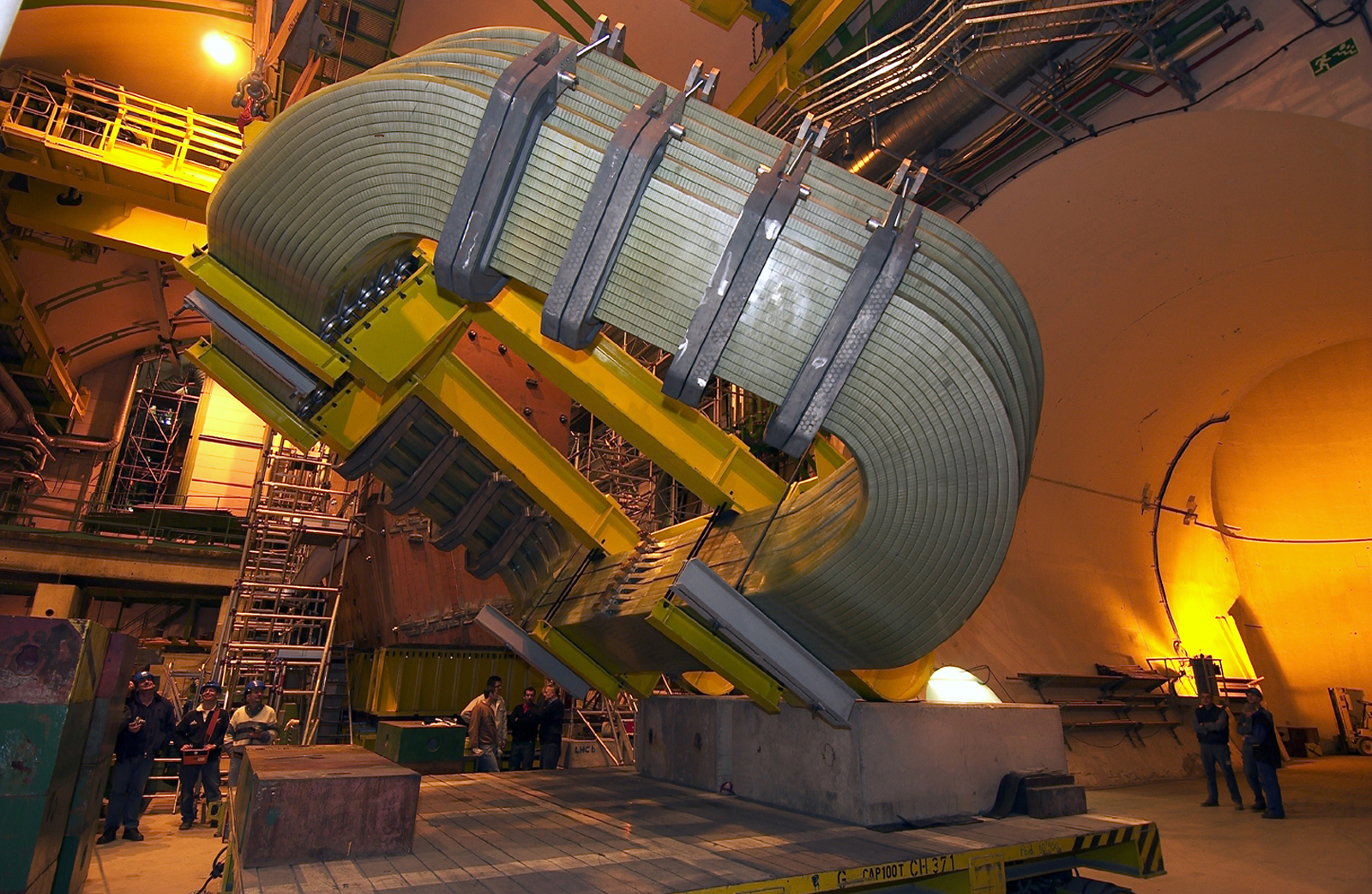Taking a closer look at LHC
Diversity & Inclusion Programme: 25 by 25
Over the years, in particular since 2012, the D&I Programme with the support of the CERN Management has put in place a number of important and innovative policies, actions and learnings to increase awareness and address biases in relation to diversity in the workplace. Nevertheless, the overall gender distribution across the Staff and Fellows population has hovered around 20% women for the past decade.
The start of the Director-General's second mandate in 2021 was the right time to try a targets-based, leadership-led strategy, with a view to accelerate the gender and nationality diversity across the population of employed members of the personnel.
25% by the end of 2025
Diversity is a core value for CERN. Its rich, collaborative work environment brings people together from all over the world to work toward a common goal. Reflecting this value across its many dimensions is key for CERN as an international organisation, both towards its Member States and the wider community.
25 by ’25 is a CERN-wide endeavour. The commitment and efforts of each Department, in close collaboration with the D&I Programme will contribute to the overall progress. Just as collaboration is key to CERN’s scientific success, so it will be in this domain as well.
A specific commitment to this is included in the European Strategy for Particle Physics 2020 Update: “The particle physics community commits to placing the principles of equality, diversity & inclusion at the heart of all the physics community’s activities”.
Primary objectives of the 25 by ‘25 initiative:
- To increase the percentage of women in the Employed Members of the Personnel from 21% (as of 31 December 2020) to 25% by the end of 2025, with a particular focus on STEM;
- To improve the ratio of Member States’ budget contribution to hiring rate. In this context, where the concentration of one (or more) nationalities exceeds 25% in any Department or departmental Group, the Department’s management team will assess the needs of the service and whether efforts to diversity nationality should be made going forward.
Taken from: https://diversity-and-inclusion.web.cern.ch/
|
AUTHORS Xabier Cid Vidal, PhD in experimental Particle Physics for Santiago University (USC). Research Fellow in experimental Particle Physics at CERN from January 2013 to Decembre 2015. He was until 2022 linked to the Department of Particle Physics of the USC as a "Juan de La Cierva", "Ramon y Cajal" fellow (Spanish Postdoctoral Senior Grants), and Associate Professor. Since 2023 is Senior Lecturer in that Department.(ORCID). Ramon Cid Manzano, until his retirement in 2020 was secondary school Physics Teacher at IES de SAR (Santiago - Spain), and part-time Lecturer (Profesor Asociado) in Faculty of Education at the University of Santiago (Spain). He has a Degree in Physics and a Degree in Chemistry, and he is PhD for Santiago University (USC) (ORCID). |
CERN CERN Experimental Physics Department CERN and the Environment |
LHC |
IMPORTANT NOTICE
For the bibliography used when writing this Section please go to the References Section
© Xabier Cid Vidal & Ramon Cid - rcid@lhc-closer.es | SANTIAGO (SPAIN) |



